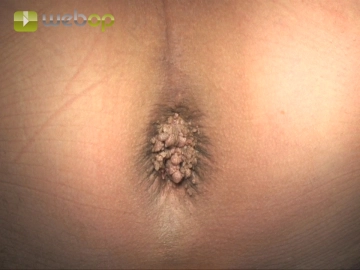Expose the lesions and confirm diagnosis by sending specimen for histopathology. The easiest way to do this is through excision with scissors. All suspected malignant lesions must be studied separately.
-
Assessment of finding; specimen for histopathology
Snare excision
Remove all lesions as small as possible and always in completely superficial epicutaneous fashion.
Remove all lesions as small as possible and always in completely superficial epicutaneous fashion.
Activate now and continue learning straight away.
Single Access
Activation of this course for 3 days.
US$9.30
inclusive VAT
Most popular offer
webop - Savings Flex
Combine our learning modules flexibly and save up to 50%.
from US$7.19 / module
US$86.28/ yearly payment
general and visceral surgery
Unlock all courses in this module.
US$14.38
/ month
US$172.60 / yearly payment


